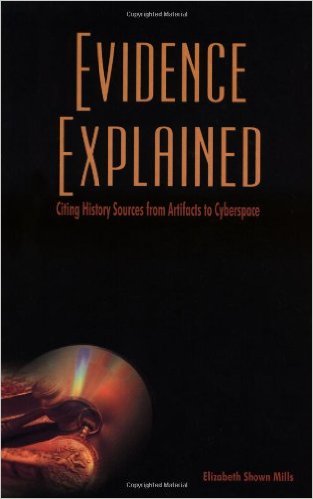
Plagiarism is the act of using someone else’s ideas, concepts, words, images, music, etc. as if they were your own, without giving proper credit; it is intellectual theft. When you approach writing your paper with the notion that you want to avoid plagiarism, you are not only doing the right thing, but you are also engaged in the intellectual work that is required when you describe, analyze, synthesize, and draw new conclusions about your topic. When you work to avoid plagiarism you work to set your own ideas upon, next to, or in opposition to, those scholars whose work came before yours.
Avoid plagiarism by citing:
You do not have to cite commonly accepted facts. One rule of thumb for commonly accepted facts are those that can be found in five reference sources. It is often difficult to know what commonly accepted facts are, so when in doubt, it is best to provide a citation for them.
View a handout (pdf) with more information on avoiding plagiarism.
 In addition to The Chicago Manual of Style and Turabian's book, use Evidence Explained: Citing History Sources from Artifacts to Cyberspace by Elizabeth Shown Mills (3rd ed.). This book is in the Reference Room in Seymour Library, call number D5 .M55 2015.
In addition to The Chicago Manual of Style and Turabian's book, use Evidence Explained: Citing History Sources from Artifacts to Cyberspace by Elizabeth Shown Mills (3rd ed.). This book is in the Reference Room in Seymour Library, call number D5 .M55 2015.
"Evidence Explained has two principal uses: it provides citation models for most historical sources especially original materials not covered by classic citation guides such as The Chicago Manual of Style. Beyond that it can help us understand each type of record and identify each in such detail that we and our readers will know not only where to go to find our source, but, equally important, the nature of that source so that the evidence can be better interpreted and the accuracy of our conclusions properly appraised."